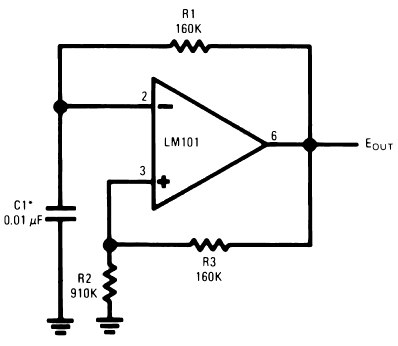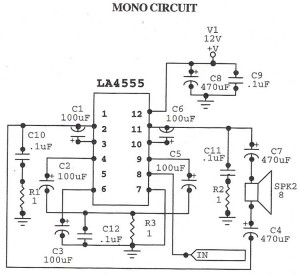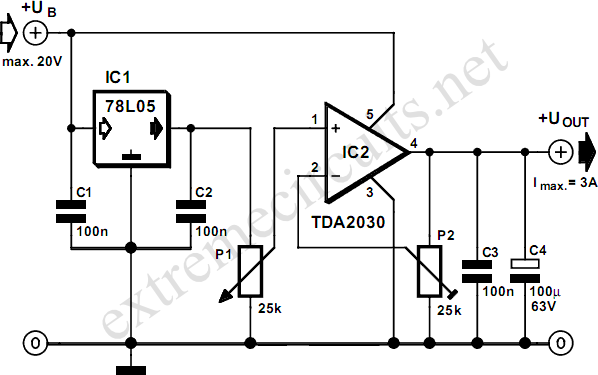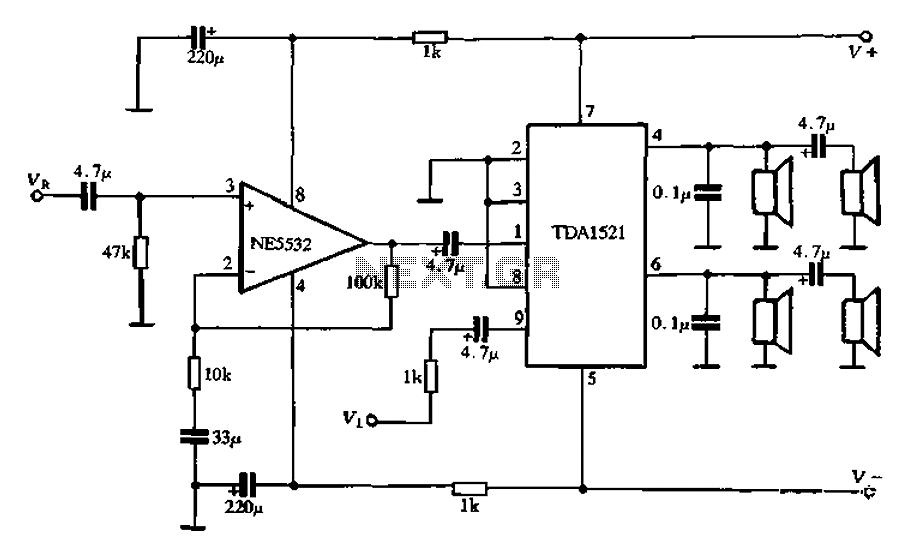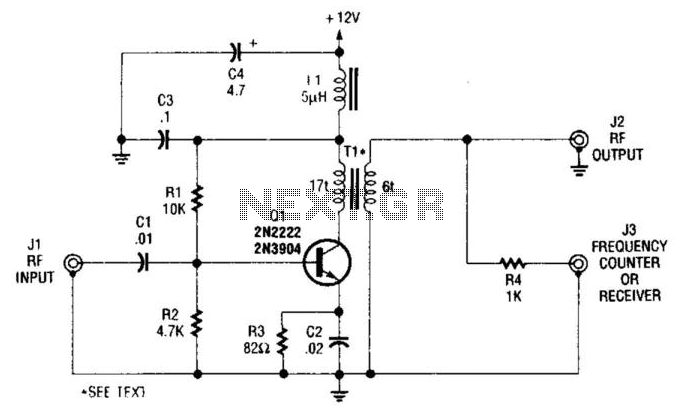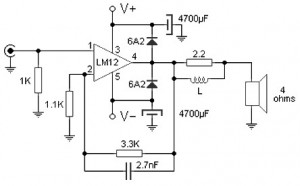
Error amplifier limitations in high-performance regulator applications
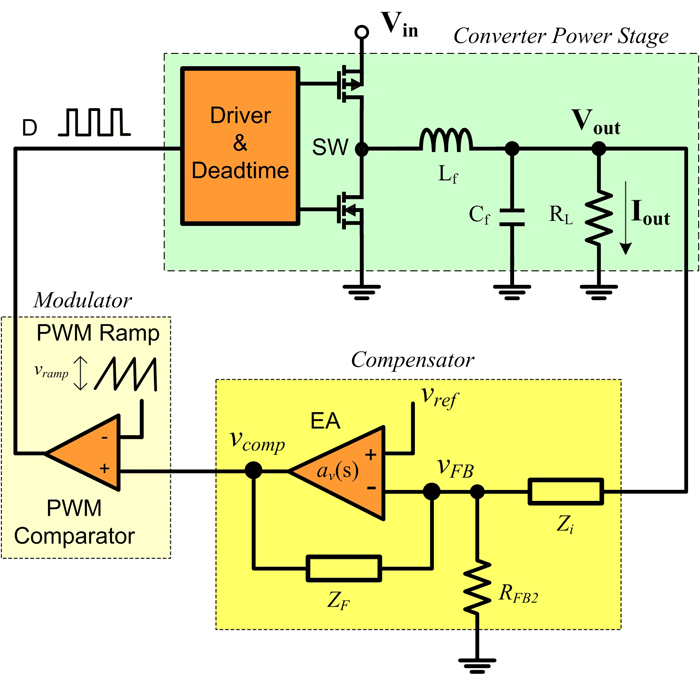
As power supply switching frequencies increase, higher loop crossover frequencies are necessary to keep pace with the escalating load transient slew rate demands and to reduce the number and size of filter components. For voltage-mode-controlled supplies, the voltage loop error amplifier must work harder to provide its compensating gain loop contribution.
In modern power supply design, the trend towards higher switching frequencies necessitates the use of elevated loop crossover frequencies. This adjustment is crucial for accommodating the increasing demands of load transient response, which refers to the power supply's ability to adjust to rapid changes in load conditions. A higher crossover frequency allows the power supply to respond more swiftly to these transient events, thereby maintaining output voltage stability and performance.
The implications of these design choices extend to the selection and sizing of filter components. By increasing the crossover frequency, it is possible to minimize both the number and size of passive components such as inductors and capacitors. This reduction is particularly beneficial in applications where space and weight are critical factors, such as in portable electronics or compact power systems.
In voltage-mode control schemes, the role of the voltage loop error amplifier becomes increasingly significant. As the loop crossover frequency rises, the error amplifier must provide a greater compensating gain to ensure stability and adequate transient response. This requirement places additional demands on the design and performance of the error amplifier, necessitating careful consideration of its bandwidth, slew rate, and overall dynamic performance.
To achieve optimal performance in high-frequency power supply designs, engineers must balance the trade-offs between loop bandwidth, stability margins, and component selection. Advanced compensation techniques may be employed to enhance the performance of the voltage loop, ensuring that it can adequately respond to the rapid load changes while maintaining system stability. In conclusion, as power supply designs continue to evolve towards higher frequencies, the challenges associated with loop compensation and transient response will remain critical considerations for engineers in the field.As power supply switching frequencies increase, higher loop crossover frequencies are necessary to keep pace with the escalating load transient slew rate demands, and to reduce the number and size of filter components. For voltage-mode-controlled supplies, the voltage loop error amplifier must work harder to provide its compensating gain loop contribution.
.. 🔗 External reference
In modern power supply design, the trend towards higher switching frequencies necessitates the use of elevated loop crossover frequencies. This adjustment is crucial for accommodating the increasing demands of load transient response, which refers to the power supply's ability to adjust to rapid changes in load conditions. A higher crossover frequency allows the power supply to respond more swiftly to these transient events, thereby maintaining output voltage stability and performance.
The implications of these design choices extend to the selection and sizing of filter components. By increasing the crossover frequency, it is possible to minimize both the number and size of passive components such as inductors and capacitors. This reduction is particularly beneficial in applications where space and weight are critical factors, such as in portable electronics or compact power systems.
In voltage-mode control schemes, the role of the voltage loop error amplifier becomes increasingly significant. As the loop crossover frequency rises, the error amplifier must provide a greater compensating gain to ensure stability and adequate transient response. This requirement places additional demands on the design and performance of the error amplifier, necessitating careful consideration of its bandwidth, slew rate, and overall dynamic performance.
To achieve optimal performance in high-frequency power supply designs, engineers must balance the trade-offs between loop bandwidth, stability margins, and component selection. Advanced compensation techniques may be employed to enhance the performance of the voltage loop, ensuring that it can adequately respond to the rapid load changes while maintaining system stability. In conclusion, as power supply designs continue to evolve towards higher frequencies, the challenges associated with loop compensation and transient response will remain critical considerations for engineers in the field.As power supply switching frequencies increase, higher loop crossover frequencies are necessary to keep pace with the escalating load transient slew rate demands, and to reduce the number and size of filter components. For voltage-mode-controlled supplies, the voltage loop error amplifier must work harder to provide its compensating gain loop contribution.
.. 🔗 External reference
